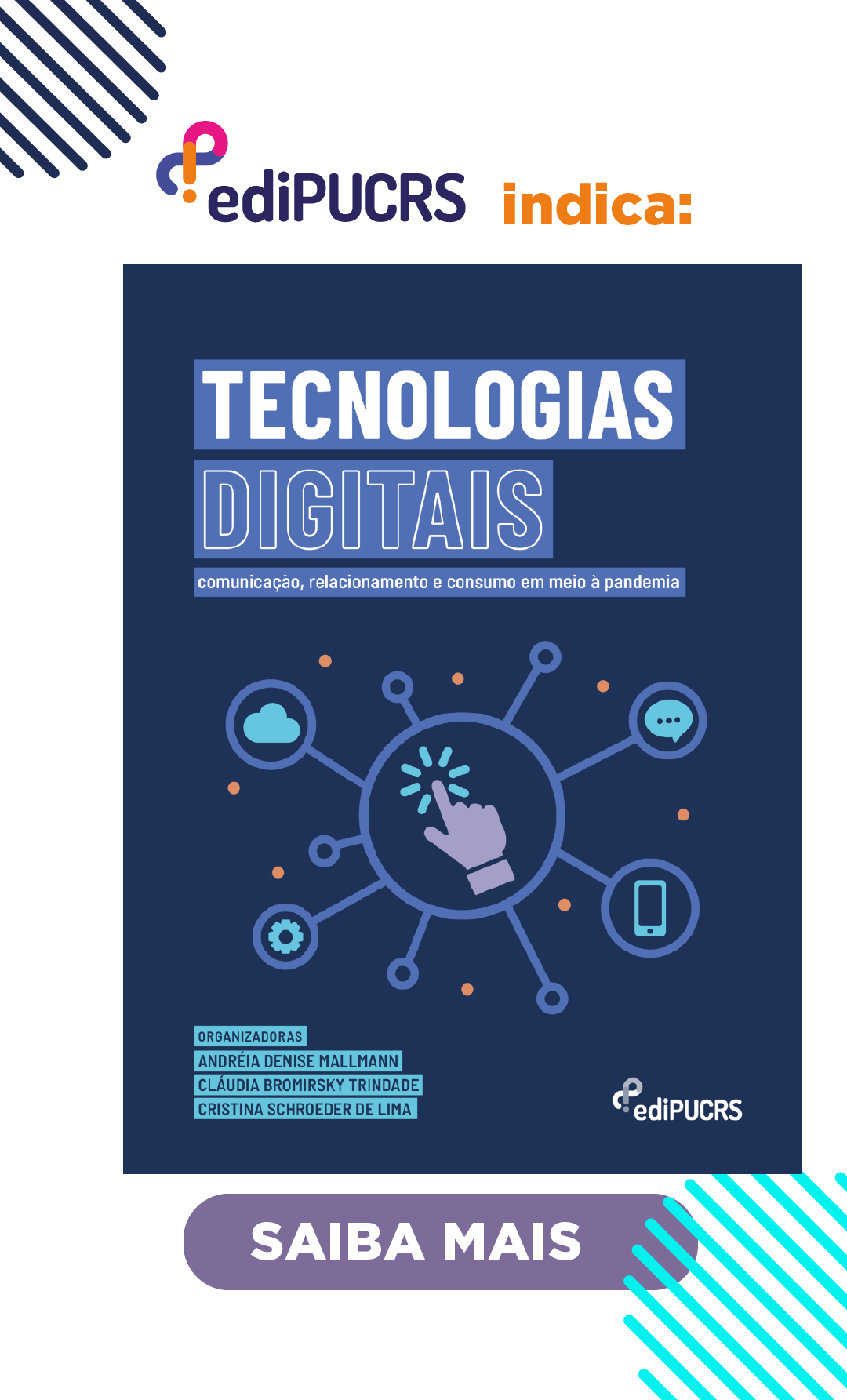A publicidade como suporte pedagógico: a questão da discriminação na publicidade da Sukita
DOI:
https://doi.org/10.15448/1980-3729.2001.16.3143Palavras-chave:
Comunicação, publicidade, discriminaçãoResumo
A pesquisa que empreendemos durante o primeiro semestre de 2001 teve como objeto as percepções de mensagem publicitária (refrigerante Sukita) por alunos de segundo ano de Ensino Médio, durante exposição e debate em sala de aula. Esse estudo tinha como objetivo primeiro a verificação da pertinência do uso de uma publicidade como suporte pedagógico para discussão de um tema transversal (discriminação em função da idade). A análise dos dados registrados aponta para uma tendência, por parte dos alunos, de manifestação espontânea pouco crítica em relação ao modelo “socialmente autorizado” de abordagem erótico-afetiva proposto indiretamente pela mensagem publicitária.Downloads
Referências
ACCARDO, A. Introduction à une sociologie critique. Bordeaux: Le Mascaret, 1997.
ALTHEIDE, D. L. Qualitative media analysis. Thousand Oaks: Sage, 1996.
APPADURAI, A. The social life of things. Cambridge: Cambridge University Press, 1986.
BABBIE, E. Survey research methods. Belmont: Wadsworth, 1990.
BELENKY, M. F., CLINCHI, B. M., GOLDEBERGER, N. R. and TARULE, J. M. Womenʼ s ways of knowing: the development of self, voice and mind. New York: Basic Books, 1986.
BOURDIEU, P. La domination masculine. Paris: Seuil, 1998.
______. Le sens pratique. Paris: Minuit, 1980.
______. Méditations pascaliennes. Paris: Seuil, 1997.
CAMARGO, Nelly de. O léxico da publicidade”. Revista da Intercom, XVIII, n. 1, 1995.
CHENITS W.C.; SWANSON, J. Qualitative research using grounded theory. From practice to grounded theory. Menlo Park: AddisonWesley, 1986.
COSTA LIMA, L. Teorias da comunicação de massa. São Paulo: Paz e Terra, 1990.
DUBY, G. Lʼ Europe au Moyen-âge. Paris: Flammarion, 1984.
FERRER, J. A televisão e a escola. Porto Alegre: Artes médicas, 1996.
FOULIN, J-N., MOUCHON, S. Psychologie de lʼéducation. Paris: Nathan, 1998.
GODOY, Arilda S. Godoy. Introdução à pesquisa qualitativa e suas possibilidades. Revista de Administração de Empresas – FGV, São Paulo, v. 35, n. 2, 1995.
GRIGNOL, C. Lʼordre des choses. Paris: Minuit, 1971.
HELLER, A . O cotidiano e a história. São Paulo: Paz e Terra, 1970.
HOHLFELDT, Antonio. Hipóteses contemporâneas de pesquisa em comunicação: Teorias da comunicação. Petrópolis: Vozes, 2001.
KISH, L. Survey Sampling. New York: John Wiley & Sons, 1965.
KLINEBERG, O. Psychologie sociale. Paris: PUF, 1963.
LEISS, W., JHALLY, S. London: Routledge, 1997.
LIPPMANN, W. Public Opinion. Nova York: Free Press Paperbacks, 1997.
M. J. et P. H. Chombart de Lauwe et al. La femme dans la société. Paris: CNRS, 1963
NOËLLE-NEUMANN, E. “The spiral of silence: a theory of public opinion”, in Journal of Communication, v. 24. 1974.
QUEIROZ, M. I. P. Variações sobre a técnica de gravador no registro de informação viva. São Paulo: T.A . Queiroz, 1991.
RAJ, D. The design of sample surveys. New York: McGraw, 1972.
SCHAFF, A . Linguagem e conhecimento. Coimbra: Almedina, 1974.
SKINNER, Q. Fundações do pensamento político moderno. São Paulo: Companhia das Letras, 2000.
TESH, Renata . Qualitative research: analysis types and sotftware tools. New York: The Falmer Press, 1990.
VERRET, M. Le temps des études. Paris: H. Campion, 1975.
VINCENT, G. Lʼécole primaire francaise. Lyon: PUL, 1980.
VITORINO SAMPAIO, I. S. Televisão, publicidade e infância. São Paulo: Annablume, 2000.
Downloads
Publicado
Como Citar
Edição
Seção
Licença
Derechos de Autor
La sumisión de originales para la Revista Famecos implica la transferencia, por los autores, de los derechos de publicación. El copyright de los artículos de esta revista es el autor, junto con los derechos de la revista a la primera publicación. Los autores sólo podrán utilizar los mismos resultados en otras publicaciones indicando claramente a Revista Famecos como el medio de la publicación original.
Creative Commons License
Excepto donde especificado de modo diferente, se aplican a la materia publicada en este periódico los términos de una licencia Creative Commons Atribución 4.0 Internacional, que permite el uso irrestricto, la distribución y la reproducción en cualquier medio siempre y cuando la publicación original sea correctamente citada.






